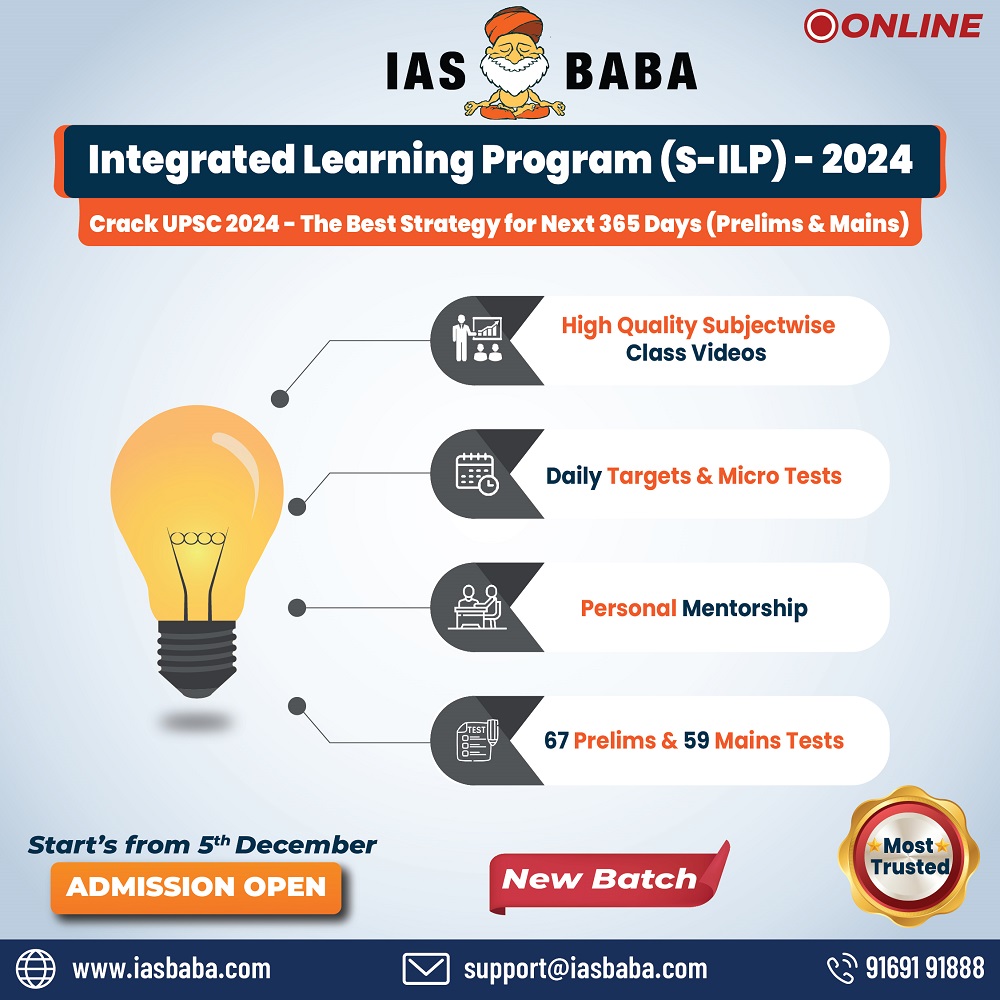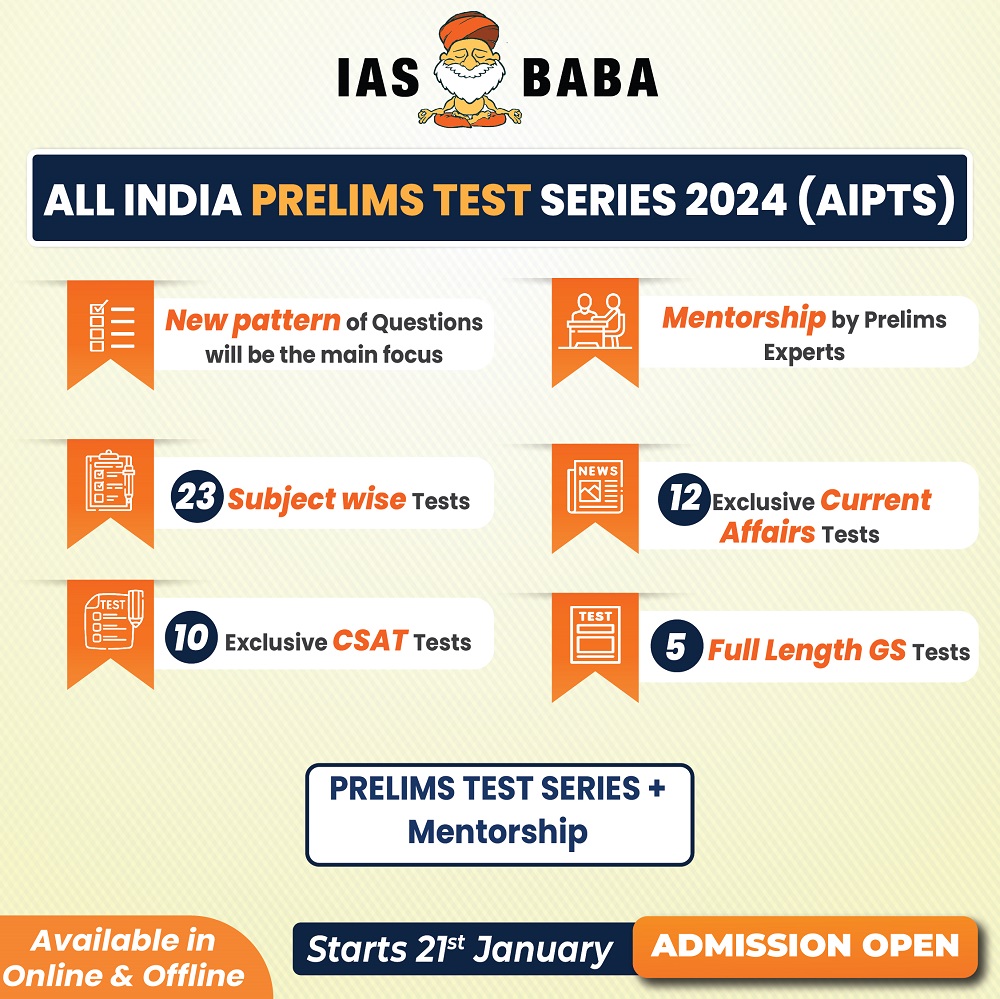IASbaba's Daily Current Affairs Analysis
IAS UPSC Prelims and Mains Exam – 18th May 2019
Archives
(MAINS FOCUS)
INTERNATIONAL
TOPIC: General studies 2
- International Relations
- India and the World
- Policies of developed and developing countries and their impact on India’s interests
India intensifying its naval engagements in South Asia
Introduction:
- India is setting a high tempo of naval operations in Asia.
Recent instances show the Indian Navy’s resolve to preserve operational leverage in India’s near seas.
- In April, in their biggest and most complex exercise, Indian and Australian warships held drills in the Bay of Bengal.
- Above was followed by a much-publicised anti-submarine exercise with the U.S. Navy near Diego Garcia.
- Recently, the Indian Navy held a joint exercise ‘Varuna’ with the French Navy off the coast of Goa and Karwar.
Rapid expansion of China’s naval footprint:
The trigger for India’s newfound zeal at sea is the rapid expansion of China’s naval footprint in the Indian Ocean.
- Beyond commercial investments in Pakistan and Sri Lanka, China has established a military outpost in Djibouti, a key link in Beijing’s Belt and Road Initiative (BRI).
- Reports suggest the People’s Liberation Army (PLA) is planning an expansion of its logistics base for non-peacekeeping missions, raising the possibility of an operational overlap with the Indian Navy’s areas of interest.
South Asian navies making their presence felt:
- In a quest for regional prominence, Sri Lanka has positioned itself as a facilitator of joint regional endeavours, expanding engagement with Pacific powers which includes Australia and the U.S.
- With China’s assistance, Pakistan too is becoming an increasingly potent actor in the northern Indian Ocean, a key region of Indian interest.
- Beijing has also been instrumental in strengthening the navies of Bangladesh and Myanmar, both increasingly active participants in regional security initiatives.
In these circumstances, India has had little option but to intensify its own naval engagements in South Asia.
India: Most capable regional maritime force
- Widely acknowledged as the most capable regional maritime force, the Indian Navy has played a prominent role in the fight against non-traditional challenges in the Indian Ocean.
- Its contribution to the counter-piracy mission off the coast of Somalia, humanitarian assistance and disaster relief (including in cyclone-hit Mozambique) has been substantial.
Partnerships are key:
- A paucity of assets and capacity has forced the Navy to seek partners willing to invest resources in joint security endeavours.
- Partnerships are vital to the Indian Navy’s other key undertaking: deterring Chinese undersea deployments in South Asia.
African focus:
- Chinese investments in port infrastructure in Kenya, Sudan, Tanzania and Mozambique have grown at a steady pace.
- In response, India has moved to deepen its own regional engagement, seeking naval logistical access to French bases in Reunion and Djibouti, where the second phase of ‘Varuna’ will be held later this month.
More needs to be done:
Notwithstanding improvements in bilateral and trilateral naval engagements, India hasn’t succeeded in leveraging partnerships for strategic gains.
- India’s political leadership is still reluctant to militarise the Quadrilateral grouping or to expand naval operations in the Western Pacific. In such a scenario the power-equation with China remains skewed in favour of the latter.
- New Delhi is yet to take a stand on a ‘rules-based order’ in littoral-Asia despite ts rhetoric surrounding the ‘free and open Indo-Pacific’,
India’s engagements in the Indian Ocean reveal a tactically proactive but strategically defensive mindset. The limited approach to shape events in littoral-Asia needs a major transformation.
Connecting the dots:
- India is most capable regional maritime force in the South Asian sub-continent. However, partnerships are key to Indian Navy’s key undertakings.
NATIONAL/ECONOMY
TOPIC: General studies 2 and 3
- Government policies and interventions for development in various sectors and issues arising out of their design and implementation.
- Indian Economy and issues relating to planning, mobilization of resources, growth, development and employment.
- Inclusive growth and issues arising from it.
India needs an Industrial policy
Introduction:
- The contribution of manufacturing to GDP in 2017 was only about 16%, a stagnation since the economic reforms began in 1991.
- The contrast with the major Asian economies is significant. For example, Malaysia roughly tripled its share of manufacturing in GDP to 24%, while Thailand’s share increased from 13% to 33% (1960-2014).
Manufacturing is core to growth:
No major country managed to reduce poverty or sustain growth without manufacturing driving economic growth.
- Productivity levels in industry (and manufacturing) are much higher than in either agriculture or services.
- Manufacturing is an engine of economic growth because it offers economies of scale, embodies technological progress and generates forward and backward linkages that create positive spillover effects in the economy.
- Manufacturing will create jobs. Its share in total employment fell from 12.8% to 11.5% over 2012 to 2016.
India still has no manufacturing policy:
- The United Nations Conference on Trade and Development or UNCTAD finds that over 100 countries have, within the last decade, articulated industrial policies. However, India still has no manufacturing policy.
- Focusing (as “Make in India” does) on increasing foreign direct investment and ease of doing business, important though they may be, does not constitute an industrial policy.
Why have an industrial policy in India now?
- The need to coordinate complementary investments when there are significant economies of scale and capital market imperfections (for example, as envisaged in a Visakhapatnam-Chennai Industrial Corridor).
- To address learning externalities such as subsidies for industrial training. A lack of human capital has been a major constraint upon India being able to attract foreign investment.
- The state can play the role of organiser of domestic firms into cartels in their negotiations with foreign firms or governments — a role particularly relevant in the 21st century.
- To avoid competing investments in a capital-scarce environment.
Excess capacity leads to price wars, adversely affecting profits of firms — either leading to bankruptcy of firms or slowing down investment, both happening often in India (witnessed in the aviation sector). Similar is the case with the telecom sector. - To ensure that the industrial capacity installed is as close to the minimum efficient scale as possible.
Choosing too small a scale of capacity can mean a 30-50% reduction in production capacity. The missing middle among Indian enterprises is nothing short of a failure of industrial strategy. Contributing to the missing middle phenomenon was the reservation of products exclusively for production in the small-scale and cottage industries (SSI) sector (with large firms excluded) from India’s 1956 Industrial Policy Resolution onwards. - When structural change is needed, industrial policy can facilitate that process.
The East Asian story:
The East Asian miracle was very much founded upon export-oriented manufacturing, employ surplus labour released by agriculture, thus raising wages and reducing poverty rapidly. This outcome came from a conscious, deliberately planned strategy (with Five Year Plans).
The growing participation of East Asian countries in global value chains (GVCs), graduating beyond simple, manufactured consumer goods to more technology- and skill-intensive manufactures for export, was a natural corollary to the industrial policy. India has been practically left out of GVCs.
Increasing export of manufactures is another rationale for an industrial policy, even though India has to focus more on “make for India”. From 2014 to 2018 there has been an absolute fall in dollar terms in merchandise exports.
Lessons from IT taking root:
If evidence is still needed that the state’s role will be critical to manufacturing growth in India, the state’s role in the success story of India’s IT industry must be put on record.
- The government invested in creating high-speed Internet connectivity for IT software parks enabling integration of the Indian IT industry into the U.S. market.
- The government allowed the IT industry to import duty-free both hardware and software.
- The IT industry was able to function under the Shops and Establishment Act; hence not subject to the 45 laws relating to labour and the onerous regulatory burden these impose.
- The IT sector has the benefit of low-cost, high-value human capital created by public investments earlier in technical education.
Without these, the IT success story would not have occurred. These offer insights to the potential for industrial policy.
Conclusion:
- No major country has managed to reduce poverty or sustain economic growth without a robust manufacturing sector. It is high time India gets a robust industrial policy.
Connecting the dots:
- No major country managed to reduce poverty or sustain growth without manufacturing driving economic growth. In this background highlight the need of a robust Industrial policy in India.
MUST READ
Charting a clear course in the Indo-Pacific
Gulf crisis, India’s stakes
It’s about social justice, not welfare















